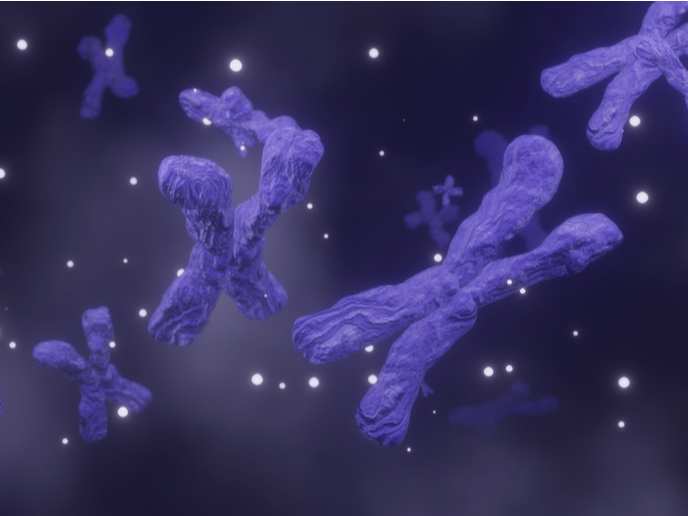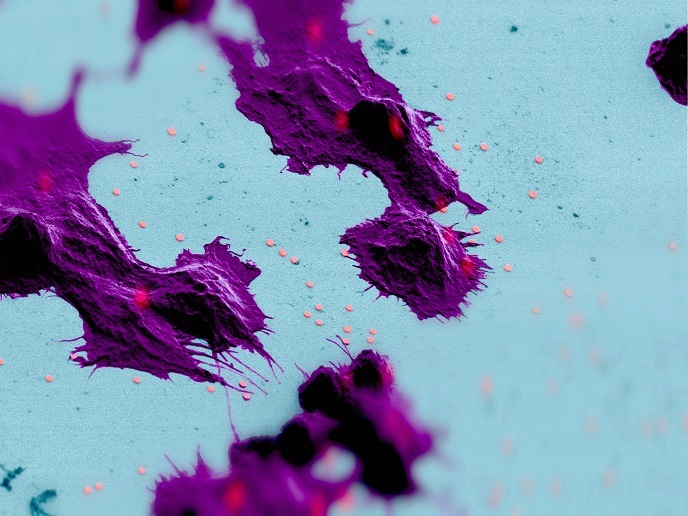Understanding how brains process memory
The brain’s hippocampus plays an essential role in spatial and episodic memory formation. This is important for creating memories of significant life events, as well as everyday things such as remembering where we left our car keys the night before. “Despite decades of research though, we still don’t have a clear understanding of how memory formation and recall happens at the cellular and subcellular levels,” says DeCode(opens in new window) project coordinator Judit Makara from the HUN-REN Institute of Experimental Medicine(opens in new window) in Hungary. “We know from experiments that the rodent hippocampus creates neuronal representations – kinds of ‘maps’ – of the environment. But very little is known about the cellular mechanisms that determine why an individual neuron will participate in a representation, and which features of the environment it will encode.”
Hippocampus’ role in learning and memory
The DeCode project, supported by the European Research Council(opens in new window), set out to better understand this process. In particular, the project focused on the CA3 area of the hippocampus, thought to play a central role in associative memory processes. Makara was also interested in whether voltage signals are actively generated by dendrites (signal-receiving long neuronal extensions). “The project consisted of two main parts,” explains Makara. “First, we studied the properties of dendrites of what are called CA3 pyramidal cells (CA3PCs) in rodent brain slices.” In the second part, Makara and her colleagues recorded the activity of dendrites and CA3 cells in living animals. This was achieved using advanced imaging techniques on mice navigating in a virtual reality environment. “This enabled us to study activities in individual cells, and even in individual dendrites, during spatial learning,” notes Makara.
New discoveries in dendritic behaviour
In addition to detecting some expected dendritic activity, Makara and her colleagues discovered a new type of active dendritic voltage signal during the slice experiments. “This dendritic spike differs in many ways from ‘conventional’ dendritic spikes that have been observed in other neuron types,” adds Makara. The project was also able to show that the firing characteristics of each CA3PC fundamentally depend on which type of dendritic spikes it expresses. Another interesting result was that the dendritic spikes seem to be under strong control by acetylcholine (a neuromodulator implicated in learning), suggesting that they might contribute to learning-related reorganisation of hippocampal representations. “In the in vivo part of the work, we were able to record the dendrites of CA3PCs producing active signals,” says Makara. “We are currently analysing the results to better understand their role in cell activity.” Finally, the project found that CA3PCs are remarkably heterogenous, suggesting the existence of distinct subtypes. Previous models of CA3 functions had assumed a uniform cell population.
Potential target points for therapeutic interventions
By shining a light on the mechanisms behind memory, projects like DeCode might one day lead to potential target points for therapeutic interventions. Makara is working with computational neuroscientists, who are using the project’s data to construct models at both the individual neuron and the circuit levels. “A lot of questions have been opened up by these results,” she remarks. “Next steps include trying to dissect the roles of different dendritic spike types. Ultimately, we hope to get a clearer view of how CA3PCs work together to process information about the outside world or retrieve previously stored associations.”







